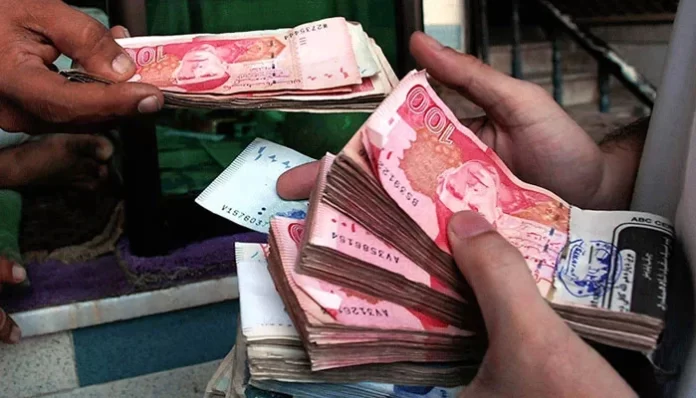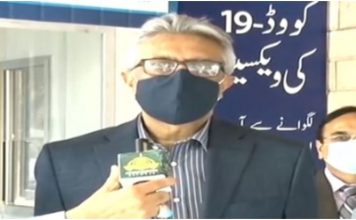KARACHI: The rupee plunged by 1.89 percent to a new record low of 276.58 per dollar in the interbank market on Friday after Pakistan’s premier claimed that the International Monetary Fund was giving his country “tough time” in ongoing negotiations.
His comment caused investors to become anxious about the outcome of the loan negotiations with the IMF because the nation was already deeply mired in an economic crisis. The IMF mission is in Pakistan to have discussions with the government there to restart a $6.5 billion loan programme that has been halted for months. The steps Pakistan must take to finish the 9th review of its Extended Fund Facility are being discussed by both sides.
Currently, Pakistan’s central bank has $3.09 billion in foreign exchange reserves, which is enough to pay for imports for less than three weeks. Prime Minister Shehbaz Sharif stated in a speech in Peshawar that the country must meet extremely stringent requirements in order to receive IMF financing. He did admit, though, that the country is compelled to accept them.
One of the main lending requirements established by the IMF to unlock its financing was that Pakistan eliminates the artificial ceiling on the rupee in order to switch to the market-based exchange rate. This was done last week.
Additionally, it raised the cost of petrol by 35 rupees, blaming the surge in energy prices in the global market. The central bank raised interest rates last month by 100 basis points to 17 percent in a bid to combat record-high inflation. According to analysts, the rupee has been falling as importers appear to be clearing their backlog of imports. The local unit has been hampered by the increased importer demand brought on by the US dollar shortage. “The rupee kept falling free. Banks have recently retired a number of import oil letters of credit,” said Tahir Abbas, the head of research at Arif Habib Limited.
Due to the free-float exchange rate, the value of the local currency versus the dollar has decreased by over 17 percent since last week, Abbas said.
According to the currency closing rates published by the Exchange Companies Association of Pakistan, the rupee declined 2.72 percent to 283 versus the dollar on the open market.
Ehsan Malik, the CEO of the Pakistan Business Council said the delay in allowing the interbank exchange rate to find a market-based level has cost the economy dearly. Despite statements to the contrary, the estimated annualised impact of the diversion of remittances to the black market is $4 billion. “Exports, already under pressure from demand compression, suffered from loss of competitiveness as exporters had to sell their dollars at the lower interbank rate,” Malik said.
“Without the SBP mandated LC restrictions, the artificially valued Rupee would have boosted imports none of this – loss of remittances, lower exports and higher imports, is desirable when the critical need is to curtail the current account deficit.”
He said gradual changes in the exchange rate allow businesses and consumers time to adjust pricing and consumption. Sudden, large, and delayed devaluation shatters confidence in economic management. It also promotes the hoarding of the dollar, increasing the differential with the interbank rate. “Managing multiple exchange rates is like juggling many balls at the same time. With precariously low foreign exchange reserves, this juggling is not recommended. The more serious consequence of this mismanagement is further loss of trust in the managers of our economy.”














